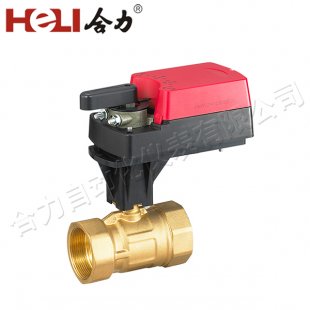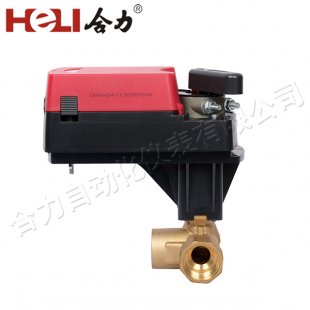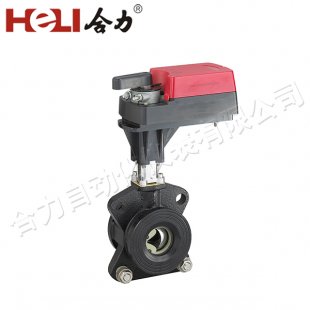
As the world moves towards sustainable energy solutions, hydrogen energy stands out as a promising alternative. Among the innovative technologies leveraging hydrogen is the Hydrogen Energy Damper Actuator (HEDA), a device designed to enhance energy efficiency in various applications, including automotive, aerospace, and industrial systems. This article delves into the working principles, advantages, and potential applications of the Hydrogen Energy Damper Actuator.

At its core, a damper actuator is a device used to control the movement and stability of mechanical systems. Traditional dampers often rely on hydraulic or pneumatic systems that can be inefficient and environmentally harmful. In contrast, the Hydrogen Energy Damper Actuator utilizes hydrogen as a clean energy source, significantly reducing the carbon footprint associated with traditional actuators.

